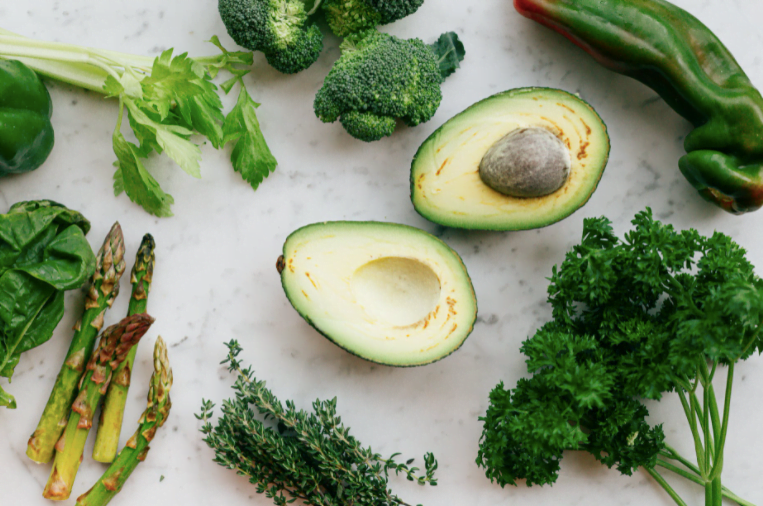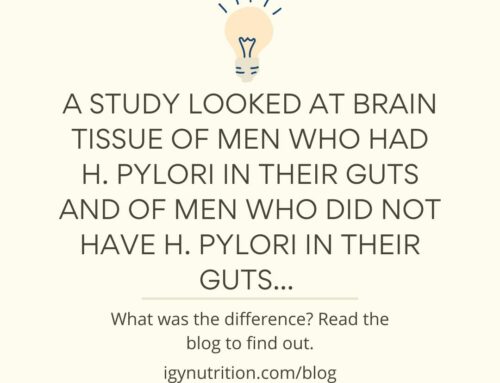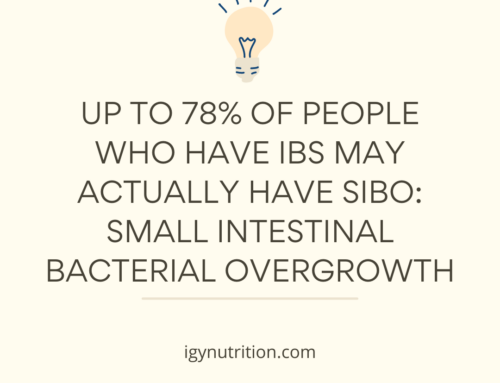Keto. Paleo. Vegan. Vegetarian. Gluten-free, dairy-free, low-carb, carnivore… the list goes on.
With all of the pop diets out there these days, how do you know which ones are healthy and would suit you?
Through this blog series, we’ll teach you how to evaluate diets based on science – no matter what your favorite influencer says about it.
We recommend starting at part one, but here’s a recap. When evaluating diets, you’ll want to check on a few different characteristics, including:
- Fiber intake
- Polyphenol content
- Probiotic / fermented food content
- Electrolyte intake
- Processed food content
- Micronutrient intake
- Caloric intake
- Fat, protein, and carbohydrate intake
- Gluten, dairy, or sugar intake: other triggers
- Price
- Sustainability
- Adherence / lifestyle match
That sounds like a lot – but tracking these criteria is much simpler than it sounds.
Let’s jump in! Today, we’ll look at price, sustainability, and lifestyle match.
Price of the Diet
If you’re starting a new diet, you’ll want to consider how expensive it is to maintain. Let’s take a look at a few examples.
To evaluate a diet’s price, think about the main components of the diet and whether they are expensive or affordable.
The standard westernized diet is notoriously cheap since it’s full of processed fast food. You might think, cheeseburgers for $3? Sign me up! But you’d pay for it another way: health obstacles down the road.
A ketogenic diet is typically high in animal products. You’ll add some vegetables, nuts, and plant-based oils. Are animal products expensive or cheap? Well, that depends on the quality.
This diet could get hefty on the wallet if you’re eating all-organic, antibiotic-free meat and dairy all day long (which we’d recommend over traditional meat and dairy).
What about vegan diets? You might assume, well, vegan diets are plant-based, so I’ll be buying lots of fruits, veggies, nuts, beans, and grains. But think back to our article on macronutrients – what about your protein and fat sources?
Include tofu, tempeh, protein powders, or other high-protein plant sources on your list if you’re vegan. High-fat plant sources will be necessary, like oils, avocados, nuts, and seeds.
Vegan diets aren’t too expensive until you consider the price of fancy plant-based add-ons and snacks. It shouldn’t be too pricey if you keep it pretty simple with tofu, protein powders, rice, beans, nuts, fruits, and vegetables.
You get the pattern – think about the relative prices of your protein, carb, and fat sources for your diet of choice. That should give you a rough estimate of how taxing the diet will be for your wallet.
Sustainability
Another critical question is how sustainable and environmentally friendly the diet is.
Evidence shows that diets that prioritize plants and minimize animal foods are better for the environment.
One serving of animal food is more environmentally costly than one serving of plants. That’s because animals consume lots of food over their lifetime before we eat them.
One burger patty is made from a cow that ate thousands of pounds of plants over its lifetime. Whereas eating a plant – well, the plant didn’t need to eat other plants over its lifetime to grow.
Livestock farming also produces lots of methane gas. It seems far-reaching, but cows’ farts significantly harm the environment. Some theorize this may be because farmers feed cows food that they aren’t meant to eat, such as grains instead of grass.
Farmers choose to feed cows grains because grains fatten them up. We recommend selecting grass-fed meats if trying to be environmentally cautious.
The University of Oxford found that eating a vegan diet would reduce an individual’s carbon footprint by 73% (1).
When picking a diet, think about its impact on the environment. We aren’t vegans here at IgY Nutrition, but reducing our animal product intake is important to us for the environment’s sake. Try starting with Meatless Mondays to do your part.
Adherence and Lifestyle Match
Okay, so you’re set on a diet. After reading this series, you think it’s the right one for you. It provides adequate fiber, polyphenols, probiotic and fermented food content, electrolytes, micronutrients, calories, and macronutrients for you.
But this question might be the most important: can you stick to it?
Struggling to stick to the diet may cause some problems with relationships to food. If you find yourself being “perfect” about your diet for days on end only to binge out on unhealthy food, you might be better off picking a less-restrictive diet.
Consistency is key. If you can’t consistently avoid what the diet requires you to, ditch it for a less restrictive one. If drinking with your friends or eating out on the weekends is part of your life, go for a diet that allows it.
Wrapping it Up
We created a questionnaire for you to wrap up our diet evaluation skills. When considering a diet, we recommend revisiting this questionnaire. If you answer at least ten questions with a “yes,” we say go for it!
- Does the diet allow for 25-40 grams of daily fiber consumption?
- Does the diet allow for the intake of several polyphenols (think about eating the rainbow)?
- Does the diet allow for at least three sources of probiotic or fermented foods?
- Does the diet allow for adequate electrolyte intake?
- Does the diet minimize processed foods?
- Does the diet allow for adequate micronutrient intake? Do you need to take a supplement with it?
- Does the diet meet your caloric needs?
- Does the diet allow for adequate and consistent fat, protein, and carbohydrate consumption?
- Does the diet allow you to avoid ingredients that you are intolerant to?
- Is the diet affordable?
- Is the diet somewhat environmentally friendly?
- Can you stick to this diet? Does it allow you to be flexible?
Thanks for joining us. Let us know which diet you picked by tagging us in a post on Instagram @igynutrition.
References




